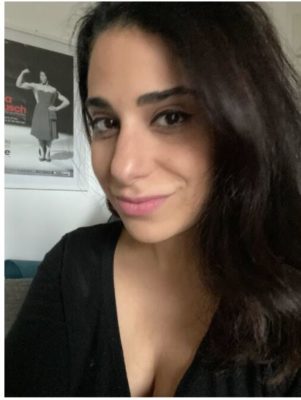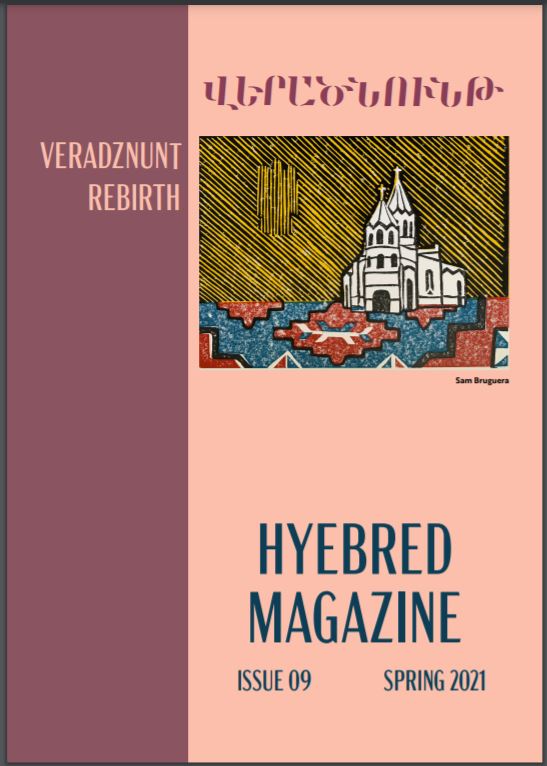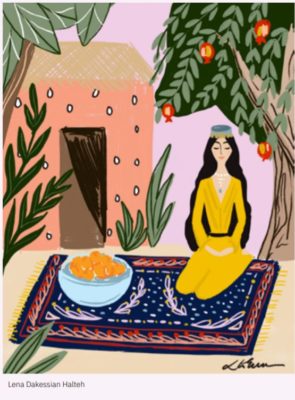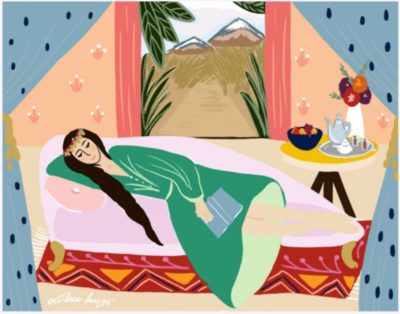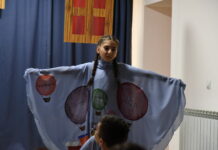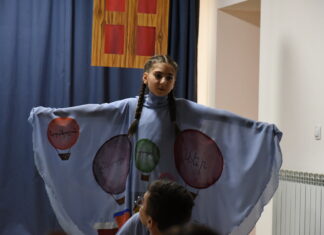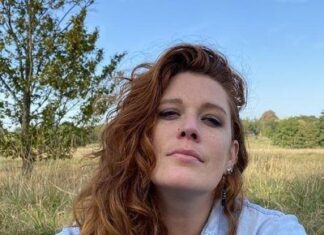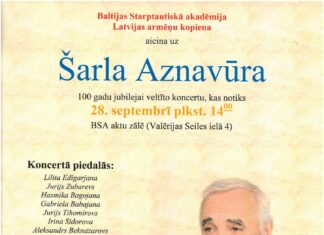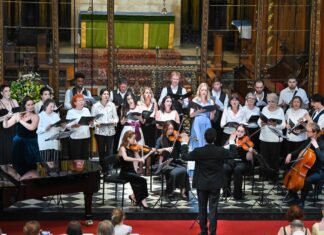By Taleen Postian
Special to the Mirror-Spectator
I first came across Hyebred, a bi-annual, not-for-profit, online literary magazine when I was in my freshman year of college. I was looking for magazines and journals to publish my poetry, many of which covered themes of being a part of the Armenian diaspora and my life as an Armenian-American woman. After accumulating a long list of online literary magazines, I found Hyebred, intended by founder, Rafaella Safarian, to serve as “a literary magazine that caters to the Armenian people.”
The name itself, a portmanteau of Hye meaning Armenian and bred, referring to upbringing, is immediately recognizable to the Armenian community. The sense of shared Armenian identity and sharing that identity is what drives the team behind this magazine, “being Armenian is something I think about every day; it influences who I am, my writing, and my decisions…HyeBred shows me that I’m not alone in that; being Armenian permeates through our contributors’ lives as well as their craft,” explained Safarian.
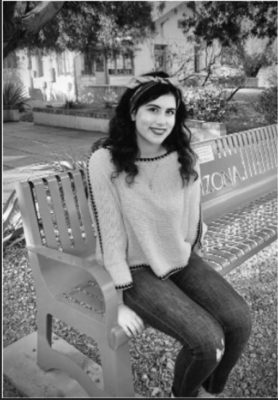
The online magazine is produced by a team of Armenian creatives. Operating Hyebred is a second job for many on the team, including a graphic designer, editors, an actor and a lawyer. But all 10 team members come together in the spirit of showcasing “the talent of our generation and the generations to come,” Safarian continued, “Armenian artists, writers, filmmakers, and musicians are out there. We need to give them a voice.”
But why work for an online magazine that is only beginning to grow its audience in an online format that many Armenian traditionalists in the art world don’t look to? John Danho, the poetry editor for the magazine explained, “The material published in HyeBred helped me along my own journey as an Armenian. It’s shown me I’m not alone, and so the work I do with HyeBred is first and foremost ‘How can I amplify these voices?” Film/Music Editor Nour-Ani Sisserian continued, “I believe it is important to connect with artists with whom you share a similar culture, trauma [and] drive to make our voices heard.”
